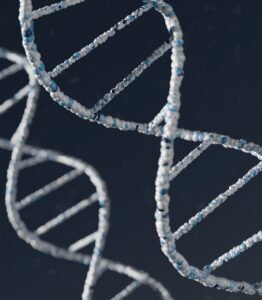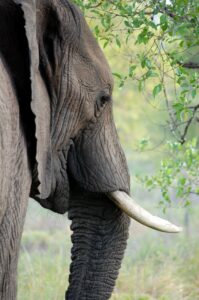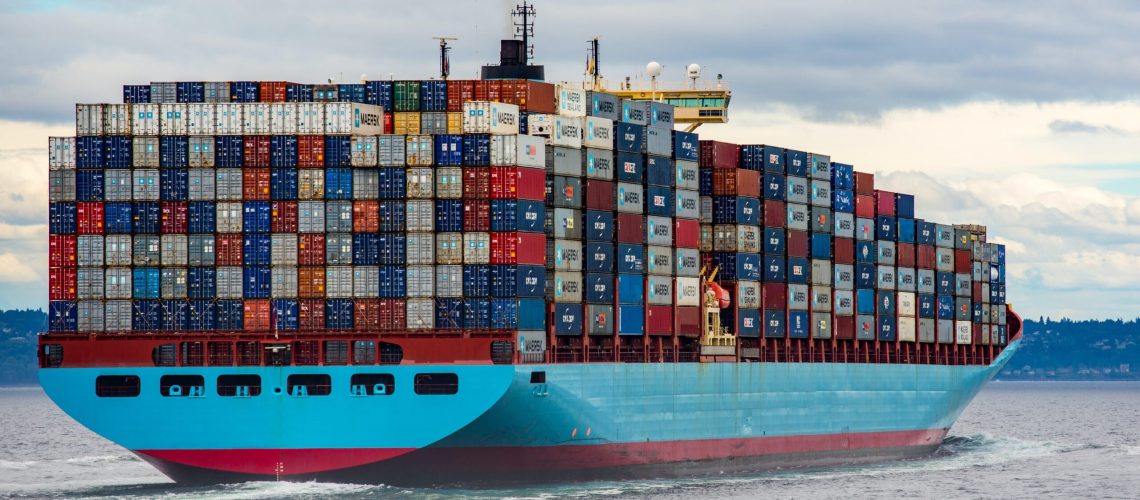Guest Post by Sheela Turbek, 2022-2023 Sustainability Leadership Fellow, and Postdoctoral Fellow in the Department of Biology at Colorado State University
Imagine your favorite crime drama, something along the lines of Law and Order or CSI. A suspect has been implicated in the disappearance of a middle-aged man, but the body has yet to be found. Suddenly, ten years later, skeletal remains are uncovered in a marshy drainage. The forensics unit analyzes the DNA contained in the bone fragments to identify the victim and determine the cause of death. To their surprise, the skeletal DNA matches that of the missing person from nearly a decade ago, and the bones reveal evidence of foul play. With this new development, the suspect is convicted, and the case is finally solved.

Hello
Now imagine a similar scenario, but, in this case, the victim weighs over 8,000 pounds with massive ears and a long trunk or resembles a long-snouted house cat covered in scales. Rather than human bones, these detectives are examining tusks, scales, and fins for DNA that can provide clues regarding the scene of the crime. The poaching of wild plants and animals for international trade poses a significant threat to biodiversity and is driving an estimated 958 vulnerable species toward extinction1. As the Covid-19 pandemic made us painfully aware, wildlife trafficking also places human health, national security, and economic development at risk2. Illicit wildlife trade is often carried out by underground criminal networks spanning international borders; it can therefore be extremely challenging to identify the responsible parties and hold them accountable. However, recent advances in DNA sequencing technology are bringing new tools to bear in the fight against wildlife trafficking.
In over 70% of cases, the improper identification of smuggled cargo prohibits authorities from prosecuting criminals for wildlife crimes3. As you can imagine, it’s often impossible to visually identify hides, bushmeat, horns, or fins that have been removed from the body prior to exportation. However, by extracting DNA from unidentifiable samples in shipments that have been confiscated at international borders, scientists can examine their genetic makeup and accurately identify the species involved. Authorities can then use this information to prosecute individuals that are caught red-handed transporting illegal goods or determine which species are being targeted in the wild. From 2014-2017, for example, a team of international researchers analyzed thousands of shark fin trimmings taken from markets in Hong Kong and Guangzhou, China4. By comparing the DNA in the collected samples to existing databases, they discovered that the near-threatened blue shark, the vulnerable silky shark, and the critically endangered scalloped hammerhead shark were the main exploited species traded in these two areas.
Additionally, genetic analyses can be used to pinpoint the source population from which the animals were taken. Identifying the population of origin of a trafficked specimen works similarly to tracing your ancestry through a genetic testing service such as 23andMe or Ancestry.com. Researchers first sequence the DNA of individuals from a variety of populations that span the distribution of a trafficked species. They then group the studied populations into clusters based on genetic similarity to create a reference database of samples of known origin. Once this database is completed, they can compare the DNA of confiscated specimens or individuals of unknown origin to the reference samples and statistically infer the most likely genetic cluster or geographic location from which the specimens were collected.

In a landmark study published in 2015, scientists used genetic methods to assign populations of origin to 28 large shipments of elephant tusks that were seized in transit from 1996-20045. By statistically matching the genetic samples from the confiscated tusks to genetic information from over 1,000 reference samples collected across 29 African countries, the authors could trace most of the trafficked ivory back to two hotspots on the African continent. In almost every case, the tusks were assigned to a different area than the country of export, highlighting the transnational nature of wildlife trafficking and the challenges associated with prosecuting the responsible parties.
Studies such as these can draw attention to particular areas where law enforcement is needed to stem poaching and protect vulnerable populations. For live animals that are confiscated quickly after their initial capture, this information can also be used to reintroduce trafficked individuals into the wild6. Many species exhibit significant genetic differences across their distribution and contain populations that have evolved to survive and reproduce best in their local environment7. It’s therefore important to reintroduce individuals into the general area from which they were collected in order to maximize their likelihood of survival following reintroduction.
Despite the promise of genetic data for combating wildlife trafficking, its usefulness is still limited by the amount of time and expertise needed for DNA testing. One recently developed tool that could help alleviate this problem is the MinION, a portable DNA sequencing device launched by a U.K.-based company in 2015 that could theoretically allow inspectors with little scientific training to reliably identify tissue samples to species in the span of just a few hours8. Provided that funding exists to purchase these handheld devices, the MinION could be distributed in major wildlife trafficking hubs to identify and trace shipments of elephant ivory, shark fins, pangolin scales, and other wildlife contraband.
Further cooperation between scientists and law enforcement officials, as well as the widespread adoption of genetic analyses to trace trafficked animals, will improve the ability of authorities to crack down on illegal wildlife trade. However, on their own, these scientific advances can only go so far. Ultimately, the fate of trafficked species will depend on whether consumer demand can be eliminated for coveted animal products. Education campaigns aimed at changing social attitudes will therefore be essential to truly protect these irreplaceable species from harm.
References
- Frank, E.G., & Wilcove, D.S. (2019). Long delays in banning trade in threatened species. Science 363, 686-688.
- Smart, U., Cihlar, J.C., & Budowle, B. (2021). International Wildlife Trafficking: A perspective on the challenges and potential forensic genetics solutions. Forensic Science International: Genetics 54, 102551.
- Gouda, S., Kerry, R.G., Das, A., & Chauhan, N.S. (2020). Wildlife forensics: A boon for species identification and conservation implications. Forensic Science International 317, 110530.
- Cardeñosa, D., Fields, A.T., Babcock, E.A., Shea, S.K., Feldheim, K.A., & Chapman, D.D. (2020). Species composition of the largest shark fin retail-market in mainland China. Scientific Reports 10, 12914.
- Wasser, S.K., Brown, L., Mailand, C., Mondol, S., Clark, W., Laurie, C., & Weir, B.S. (2015). Genetic assignment of large seizures of elephant ivory reveals Africa’s major poaching hotspots. Science 349, 84-87.
- Oklander, L.I., Caputo, M., Solari, A., & Corach, D. (2020). Genetic assignment of illegally trafficked neotropical primates and implications for reintroduction programs. Scientific Reports 10, 3676.
- Savolainen, O., Lascoux, M. & Merilä, J. (2013). Ecological genomics of local adaptation. Nature Reviews Genetics 14, 807–820.
- Plesivkova, D., Richards, R., & Harbison, S. (2019). A review of the potential of the MinION™ single-molecule sequencing system for forensic applications. Wiley Interdisciplinary Reviews: Forensic Science 1, e1323.






